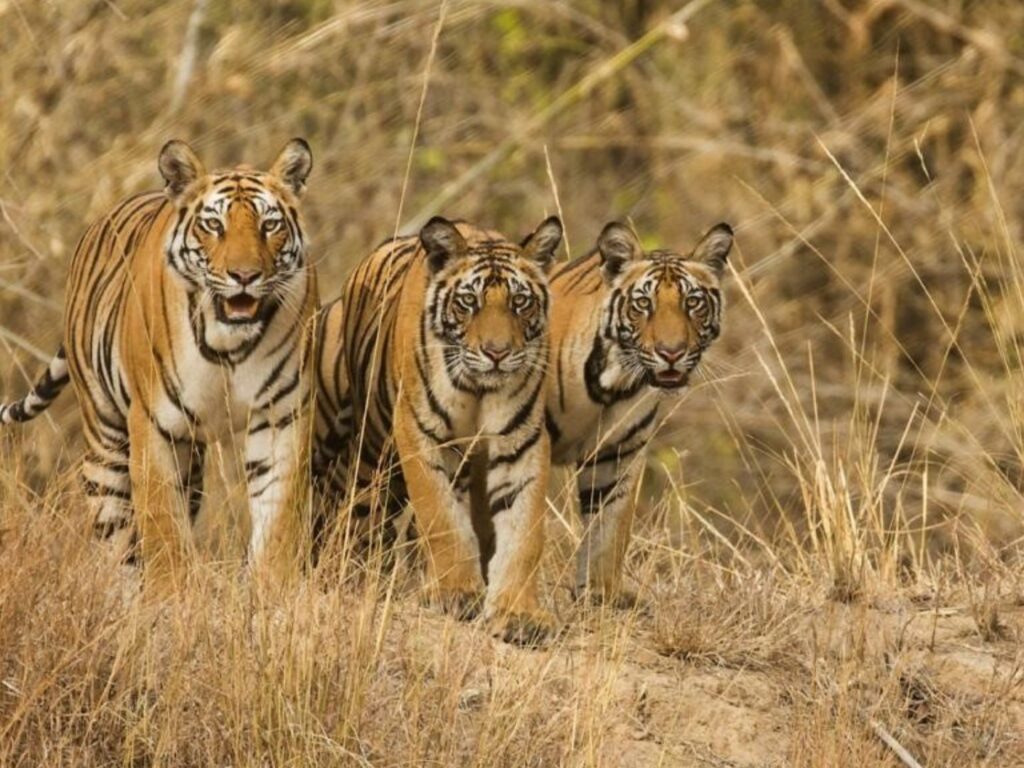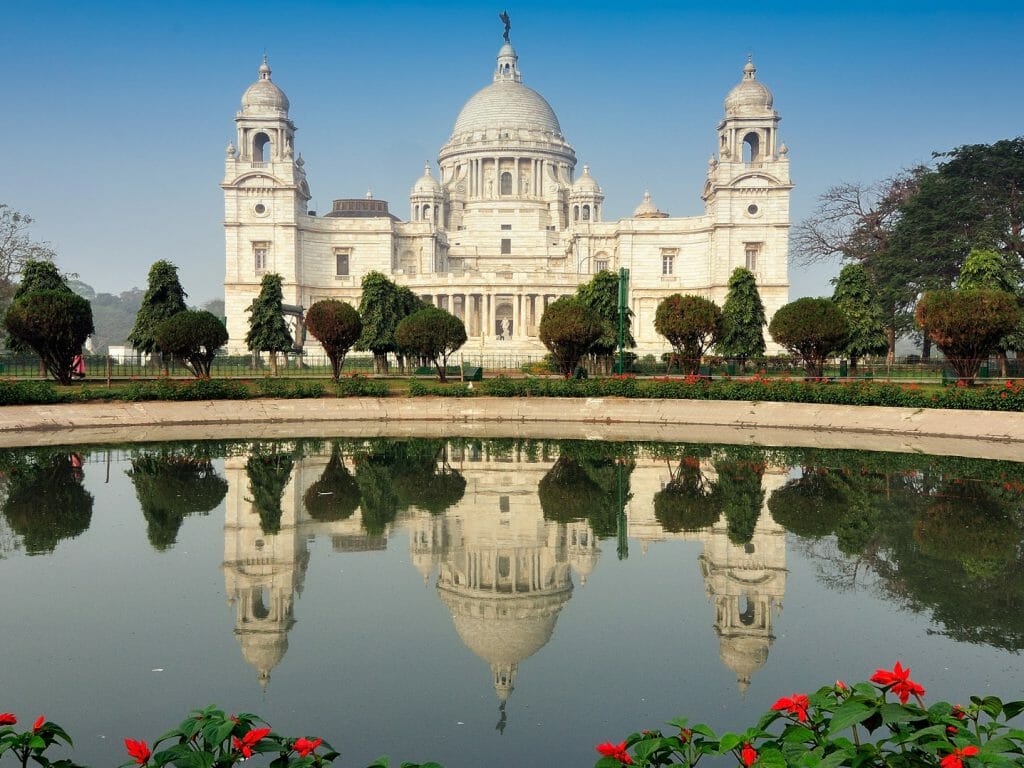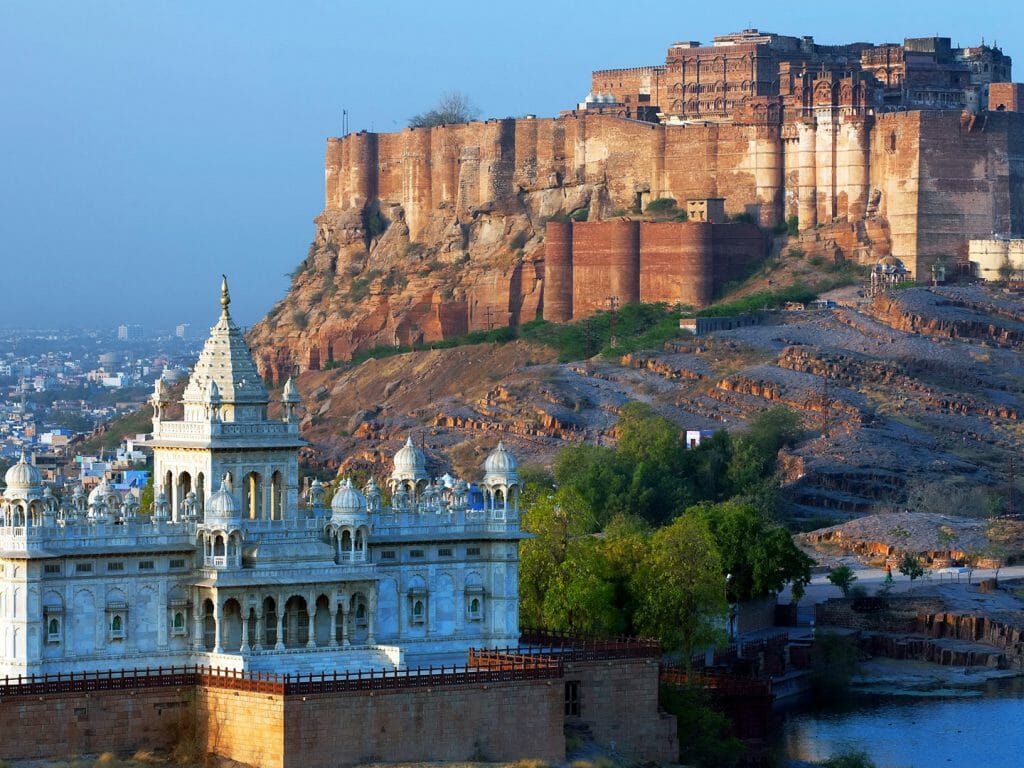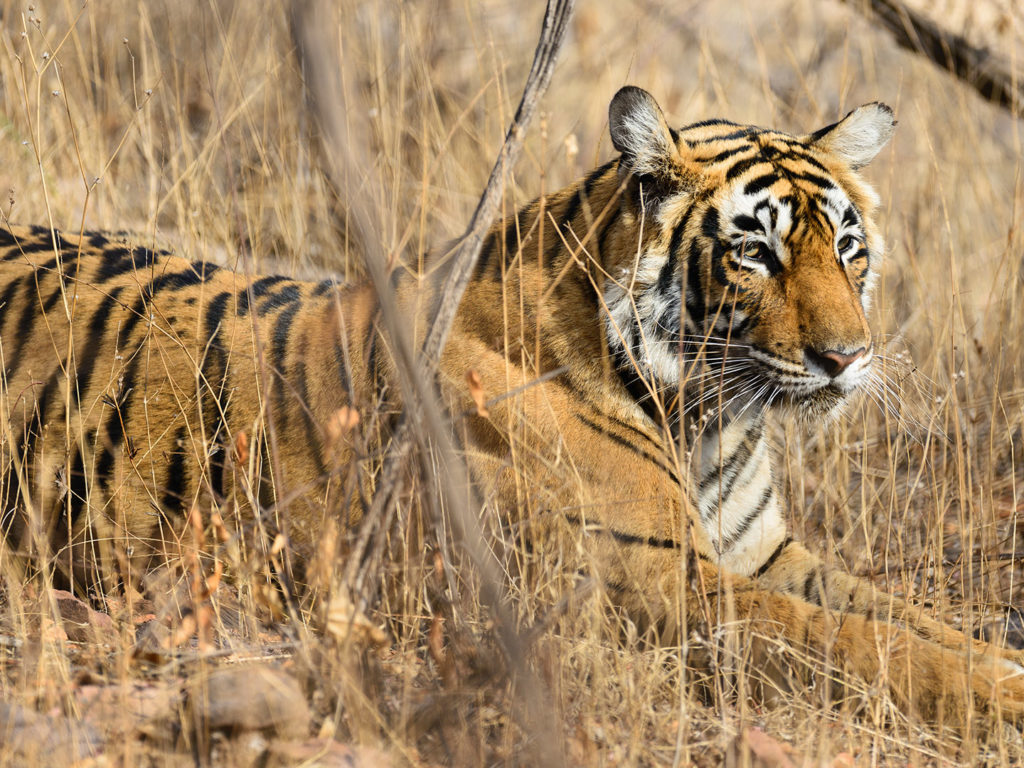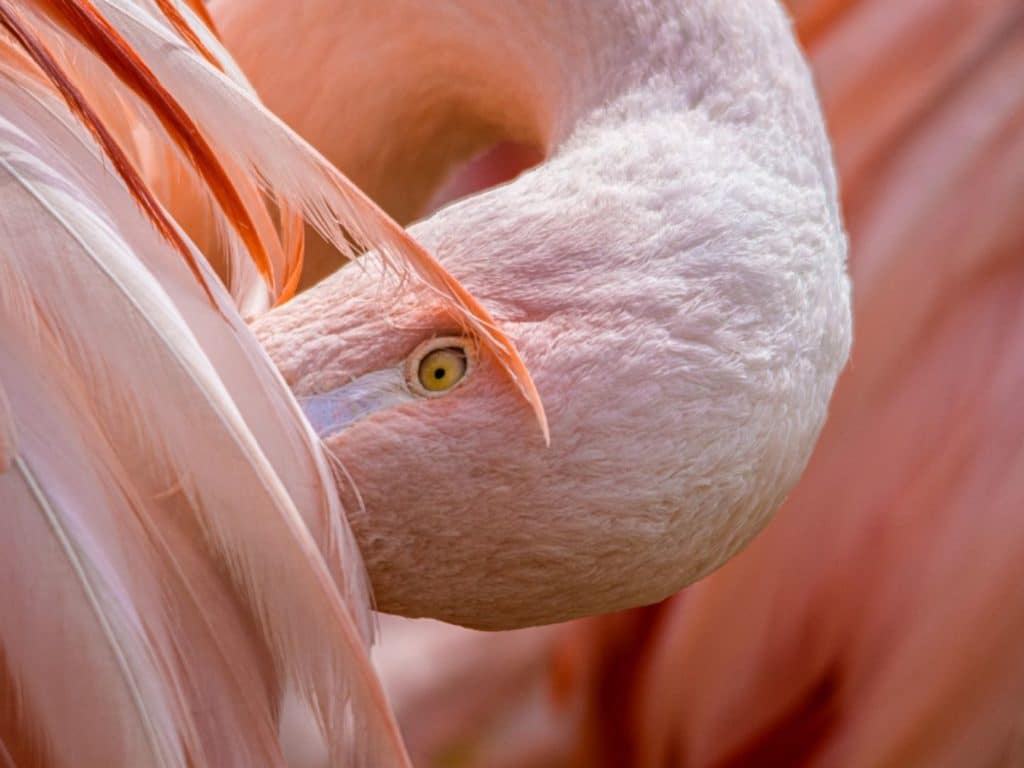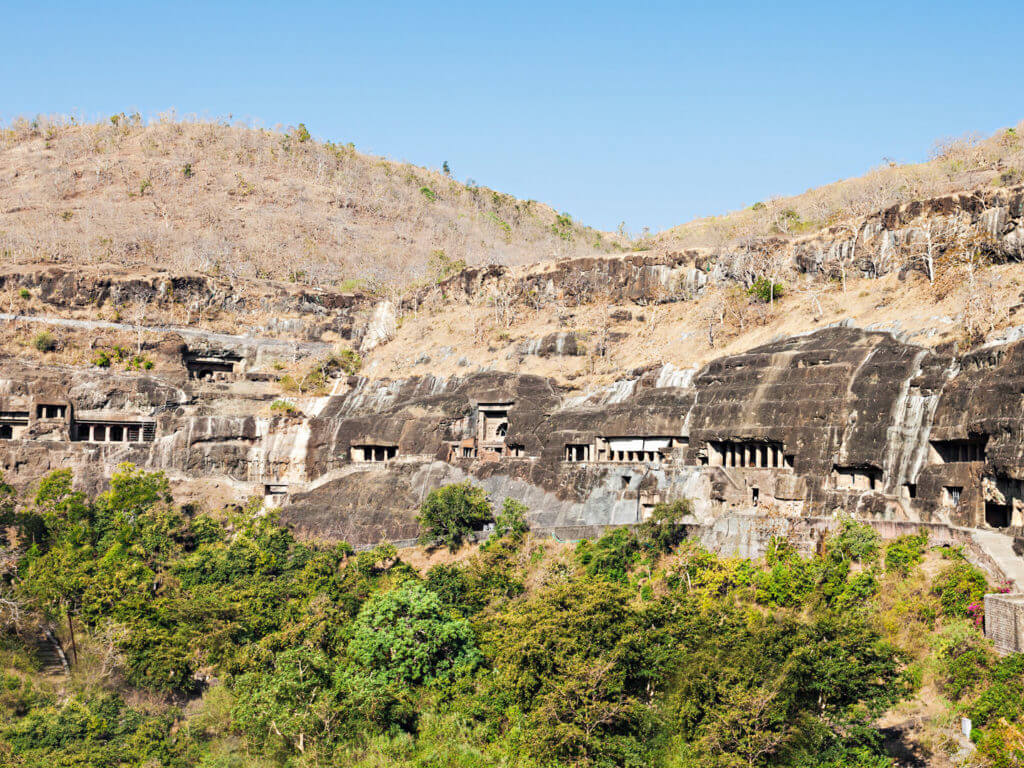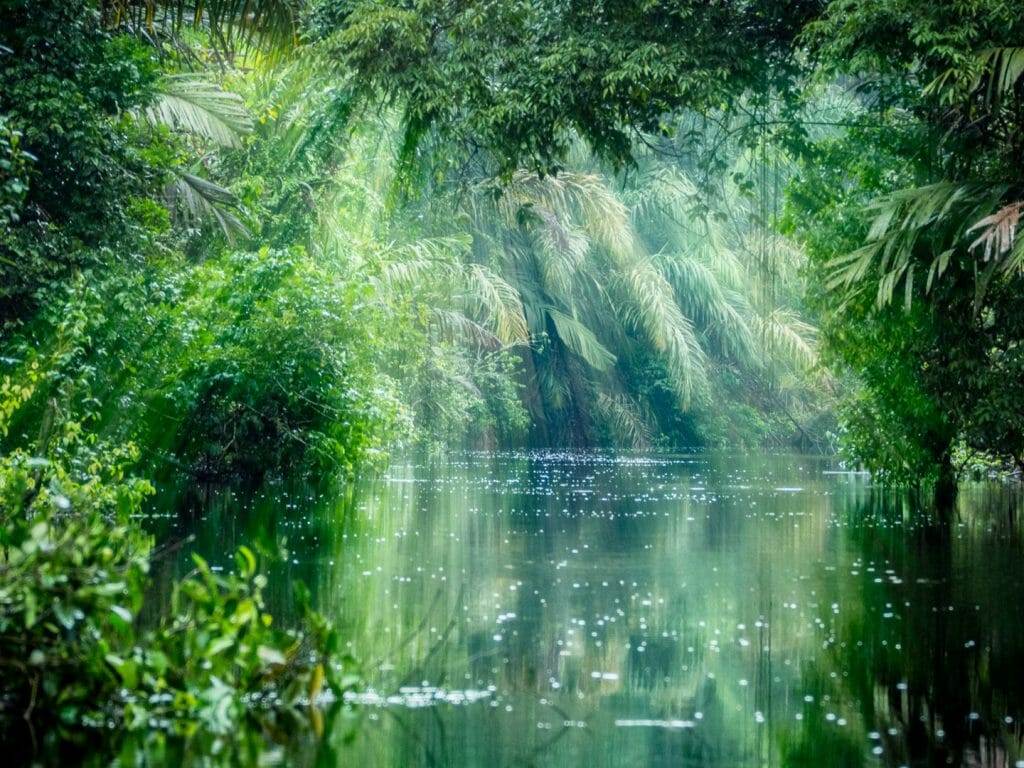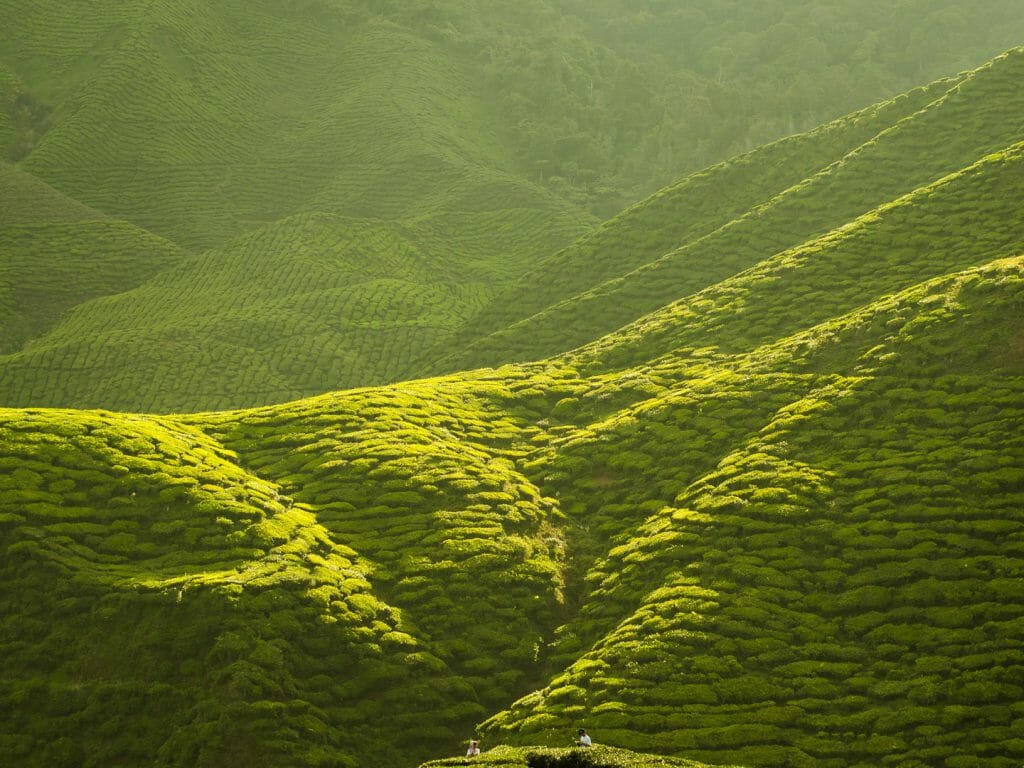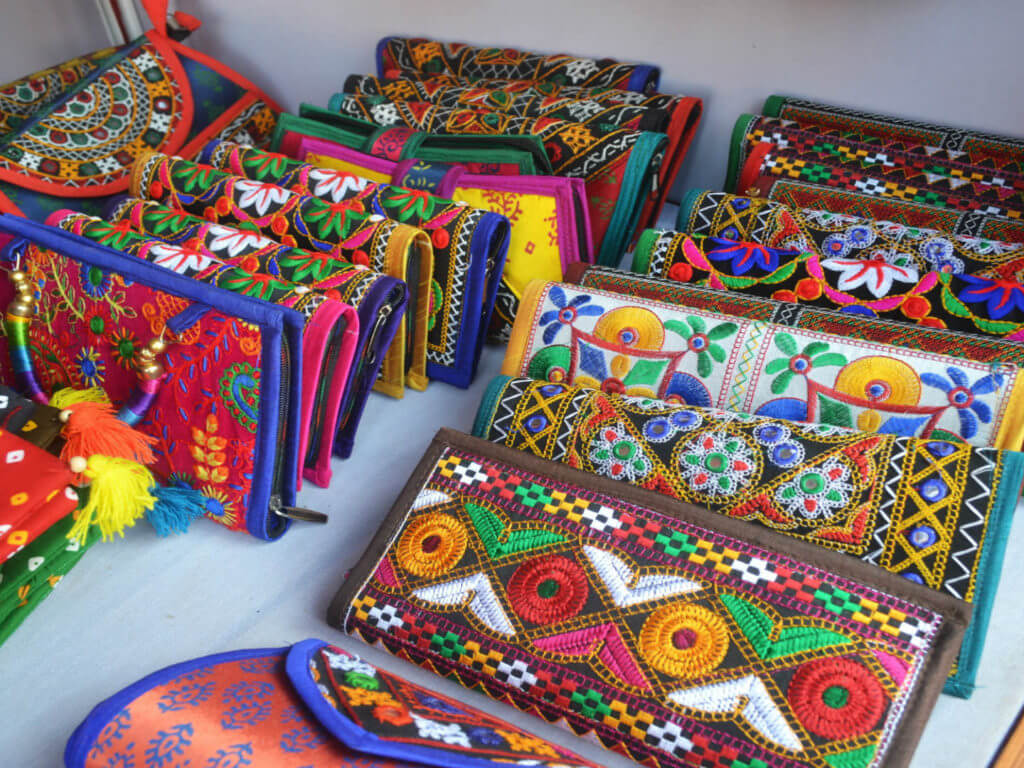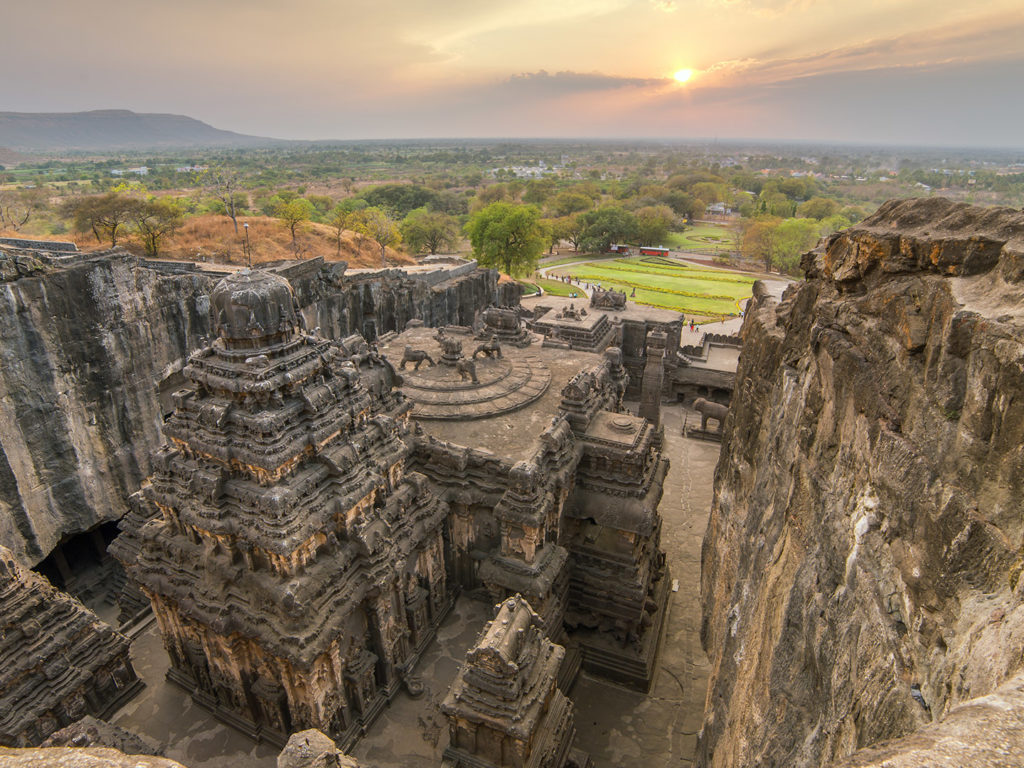20 years ago I made my way around India with a backpack, a healthy optimism and little else. My healthy optimism sustained me in a country of rich dichotomy. There is no denying that India can excite, surprise, irritate and make you laugh out loud.
Of many memories that I will cherish, my time spent in Udaipur was singularly wonderful. The tranquillity here surpassed other Indian cities. This was the India of my dreams – epic tales of warrior princes, vast vistas worthy of a Bollywood film. Colourful saris against towering palaces. A walled city of lakes with the Aravalli hills stretching to expansive starry skies. Unashamedly romantic, overflowing with history and charm.
The people of Udaipur were friendly, affable and laidback. I was met with broad smiles and asked about my family and what had brought me so far from home. My days were spent exploring the lanes and passageways of Udaipur on foot, sketching the fluid day to day activity that living by water brings. I made friends, visited the sights and occasionally took a rickshaw to the outskirts. I learnt how to wear a sari – a local lady showed me how, fussing like a mother hen. It made me feel like I was part of the family.
20 years later I find myself back in the City of Lakes. Having returned to India many times in the intervening years, I have seen huge change. I have returned to Udaipur and defiantly this city remains untouched. Maybe her stoic nature stems from the fact that centuries of marauders have not conquered her.
We head off for a tour of City Palace, the royal seat. Udaipur was founded by Udai Singh II as the new capital of the Mewar kingdom. To protect Udaipur from external attacks Udai Singh built a six-kilometre city wall. It was to prove a great vantage point in a mountainous region unsuitable for heavily armoured Mughal horses and elephants.
There is something so tangible here – history hangs in the air like words unspoken. It permeates everywhere. Our guide Ajit excitedly recounts a tale of the famous battle fought by Rana Pratap (Udai Singh’s son) against the Mughal emperor Akbar. You can still see his armour, sword, shield and javelin at the City Palace.
The short battle was testament to Rana’s leadership. Although the Mughal army was superior in size, Rana had the advantage of his creative strategy. With remarkable foresight he disguised his horses with false trunks to look like baby elephants so that the Mughal’s elephants would be confused and not attack them.
Ajit becomes animated as he shows us an incredibly detailed miniature painting which illustrates the battle, “See Chetak, carrying the king complete with armour, galloping on the battlefield.” I trace the small figure of horse and king pictured numerous times – like a storyboard for a Hollywood movie and just as epic.
Later that day, as the City Palace lights are shimmering in the distance, reflected in Lake Pichola’s waters, tales of battle are far from my mind. The pace is slow and the mood light as we board the little launch for our boat trip.
We gently float past ghats where people have congregated to see in the end of the day. Children are jumping into the lake, swimming, giggling. It has a communal air – like a lido. The splashing breaks the silence and as the light fades, the sky darkens to an intense hypnotic ultramarine. The boat moves effortlessly through the water. The movement of the boat adds to my calm and contemplative mood.
I smile inwardly and reflect that all of us who travel are merely custodians, nodding to the serendipity of travel that has beckoned me home. As if to mirror my thoughts, by the light of the moon, birds swoop, swirling in formation overhead, coming home to roost.


